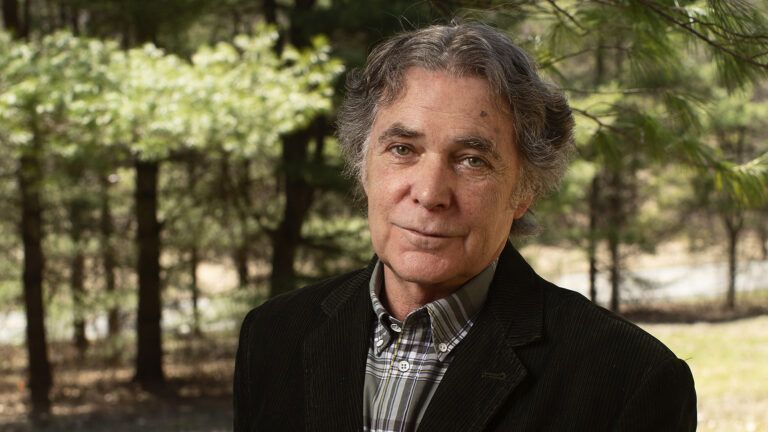Recently, my wife Holly and I attended a solo recital by the pianist Michael Brown, which I found unexpectedly satisfying and delightful.
After the recital, however, I had a question which I didn’t have the opportunity to ask him. What I wondered was: How much does he practice? As it turns out, I found the answer elsewhere.
In his book entitled Outliers: The Story of Success, Malcolm Gladwell describes the ten-thousand-hour theory, originally proposed by neurologist Daniel Levitan. According to this theory, top musicians, athletes and chess players become masters in their field if they accumulate 10,000 hours of practice by age 20.
I had also attended a lecture by Dr. Patricia Bloom in which she spoke about how our modern lifestyle triggers the body’s stress response—the ancient “fight or flight” mechanism designed to help us survive times of physical danger. Today, most of us find ourselves continually under stress, and the mechanism designed to save us is now killing us—literally. One of the best ways to turn off the body’s stress response and turn on the body’s relaxation response is through mindfulness, the deep form of awareness developed through disciplines such as meditation and prayer.
Over the past decade, researchers have been studying people who practice mindfulness, and they’ve discovered that mindfulness develops the brain’s capacity for experiencing happiness and fulfillment. In other words, the ancient sages who counseled us to practice the disciplines of attentiveness and gratitude knew what they were talking about.
So what does this all add up to? If you want to excel at playing the piano, you need to practice the piano. If you want to feel happy and fulfilled, practice mindfulness. If you want to enjoy a sense of meaning and purpose, you need to practice your faith.
But where does faith come from? Like music or mindfulness, faith comes from practice—a daily spiritual discipline.
Fortunately, we have a model to guide us in developing that discipline: a practice of focused meditation known in Latin as lectio divina, or divine reading. Some term the practice “devotional reading,” which Henry Ware, Jr., described as reading not for knowledge but for your life.
Ralph Waldo Emerson called it “provocative reading,” because it is a way to read spiritual texts in order to provoke us into new ways of thinking and living. In other words, when doing spiritual reading, you should come away thinking about your life in a slightly different way. You can do this practice anywhere you happen to be, at any time of day, for however long you choose.
The practice has four elements: reading, reflection, intention and contemplation. To begin, sit comfortably and take a few deep breaths to remind your body that it’s time to focus. Then begin with the reading: Read the text carefully several times, preferably aloud.
The second step is reflection: Ask yourself which word or phrase catches your attention. Why that word or that phrase? You may wish to jot the word or phrase in a journal. Reflect for a short time on the word or phrase and think about what it evokes in you. Make a note or two.
The third step is intention: Ask yourself what purpose your reading and reflection suggests for this day. Set a specific intention that you can reasonably fulfill. Maybe you identify one small change that you can make today. Jot it down.
The final step is contemplation, in which you expand your awareness from intention to gratitude. Remind yourself that the world is full of untapped wisdom and your life is full of unrealized potential. Note a couple of things for which you’re especially grateful.
If we practice lectio divina or provocative reading faithfully, this personal spiritual practice will help spark our moral imagination and set our moral compass as individuals.
Download your FREE ebook, The Power of Hope: 7 Inspirational Stories of People Rediscovering Faith, Hope and Love





